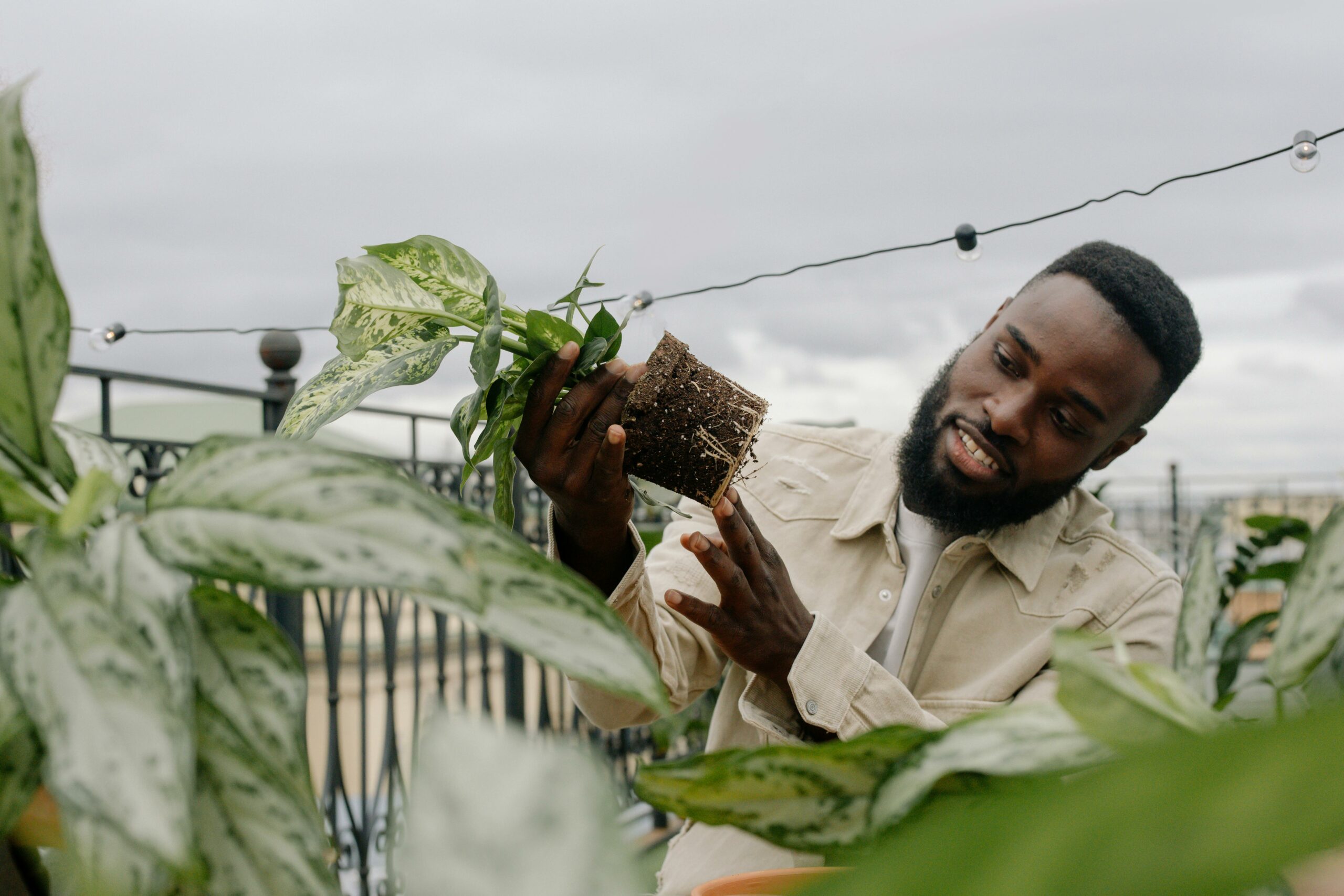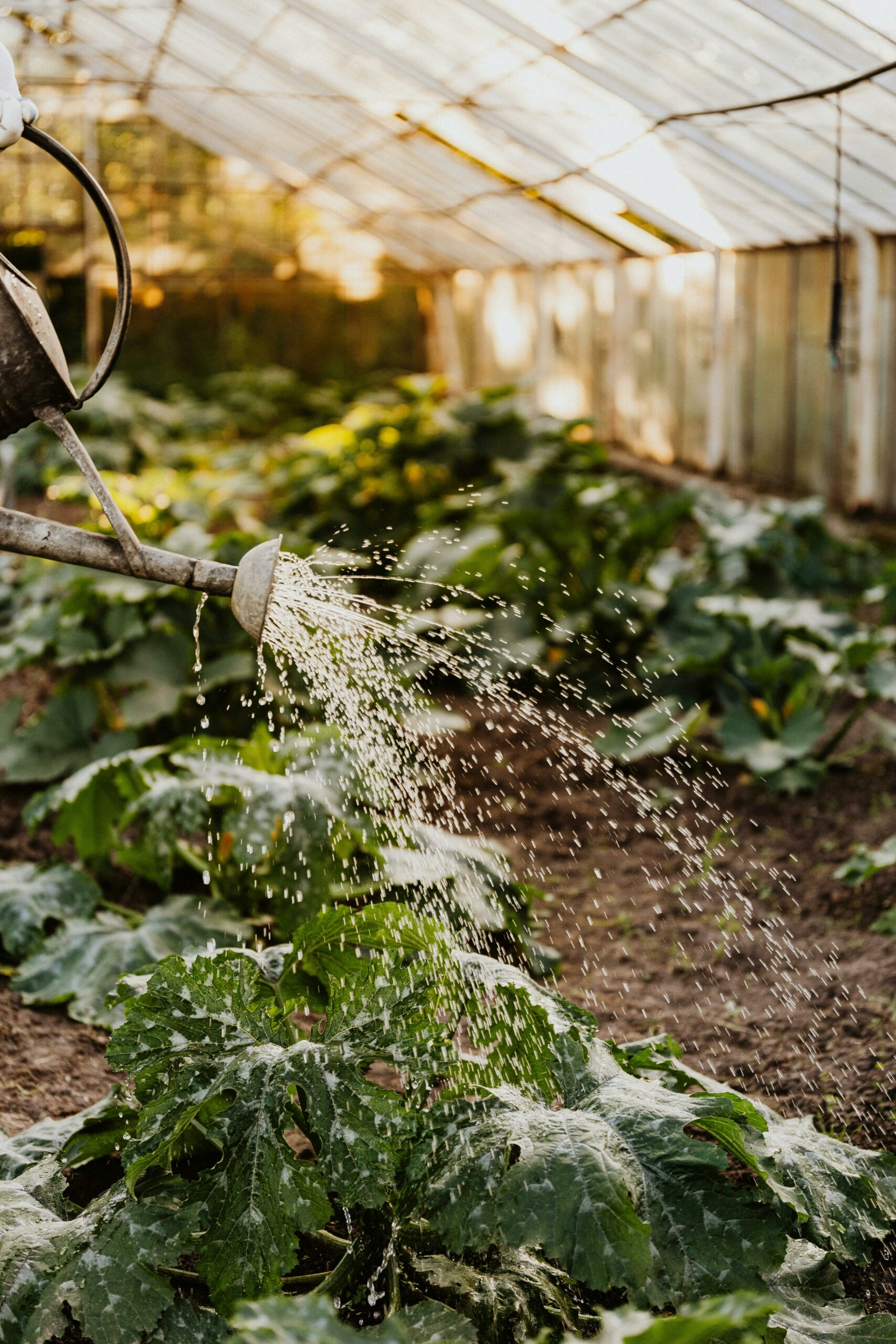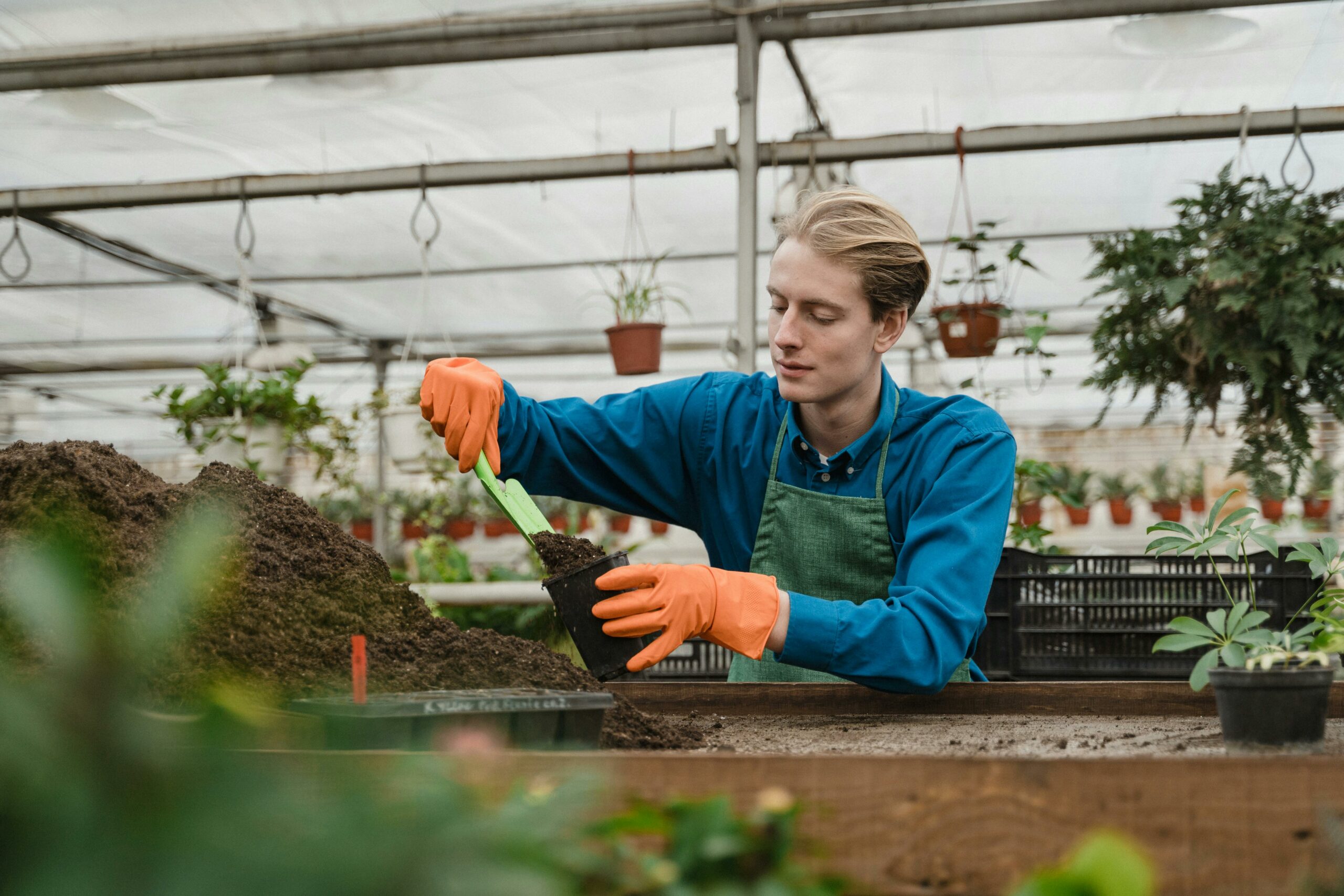Essential Late Summer Gardening Tasks for a Flourishing Garden

As summer begins to wane, gardeners face a crucial transition period. Late summer is not just a time to enjoy the fruits of your labor but also a pivotal moment for preparing your garden for the upcoming seasons. By focusing on key tasks, you can ensure your garden remains vibrant and well-maintained as you head into fall. Here’s a guide to essential late summer gardening tasks that will set you up for success.
- Harvest and Preserve
Late summer is peak harvest time for many crops. Make sure to collect ripe vegetables, fruits, and herbs regularly to encourage continuous production and prevent overripening. Zucchinis, tomatoes, and peppers are often at their best during this period. For an abundant harvest, consider preserving excess produce through freezing, canning, or drying. This way, you can enjoy garden-fresh flavors throughout the year.
- Clean Up and Mulch
As plants start to wind down, it’s important to clean up your garden beds. Remove spent plants, weeds, and any debris that could harbor pests or diseases. Adding a layer of mulch to garden beds will help retain soil moisture, suppress weeds, and improve soil health as it decomposes. Mulching is particularly beneficial as temperatures rise and helps prepare the soil for fall planting.

- Plan and Plant for Fall
Late summer is an ideal time to start planning for fall crops and planting. Consider sowing seeds for cool-season vegetables like kale, spinach, and radishes. These crops thrive in the cooler temperatures of fall and can often be harvested well into the season. Additionally, it’s a good time to plant spring bulbs like tulips and daffodils to ensure a colorful display come spring.
- Prepare for Winter
Begin preparations for winter by ensuring that tender plants are protected from cooler temperatures. Use row covers, cloches, or cold frames to shield plants from early frosts. For perennial plants, apply a layer of mulch around the base to insulate the roots and prevent frost damage.
- Maintain Tools and Equipment
Late summer is also an opportune time to maintain your gardening tools and equipment. Clean and sharpen tools, oil moving parts, and repair any damage. Proper maintenance ensures that your tools are ready for use in the fall and spring, making gardening tasks more efficient and enjoyable.
- Assess and Plan
Take some time to assess what has worked well in your garden this season and what could be improved. Planning for next year’s garden layout, including crop rotation and new plant varieties, can help you make informed decisions and enhance your garden’s productivity.
 By tackling these late summer gardening tasks, you can maintain a flourishing garden that transitions smoothly into the cooler months. Harvesting, cleaning, planting, preparing, and maintaining are all crucial steps in ensuring your garden’s continued success and beauty. Embrace the late summer garden tasks, and enjoy the satisfaction of a well-cared-for garden.
By tackling these late summer gardening tasks, you can maintain a flourishing garden that transitions smoothly into the cooler months. Harvesting, cleaning, planting, preparing, and maintaining are all crucial steps in ensuring your garden’s continued success and beauty. Embrace the late summer garden tasks, and enjoy the satisfaction of a well-cared-for garden.
Comments
Add comment